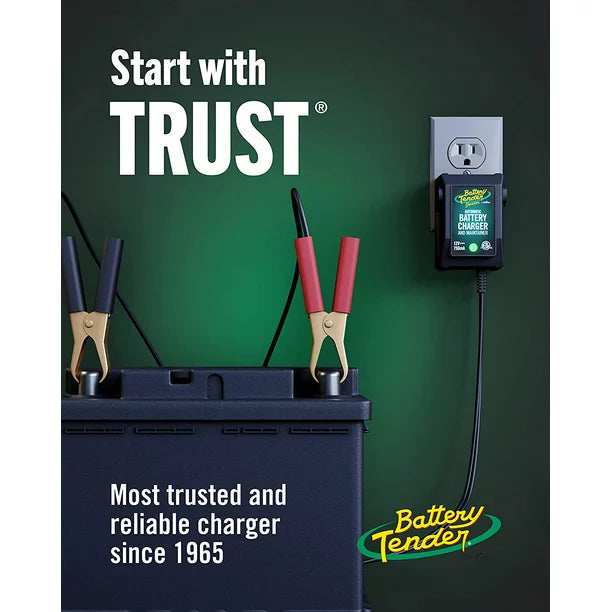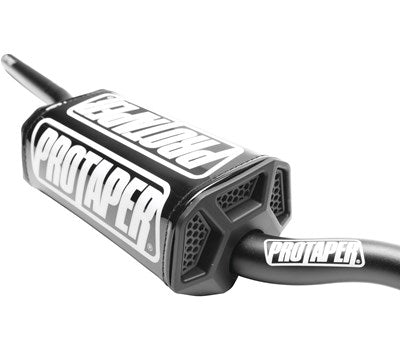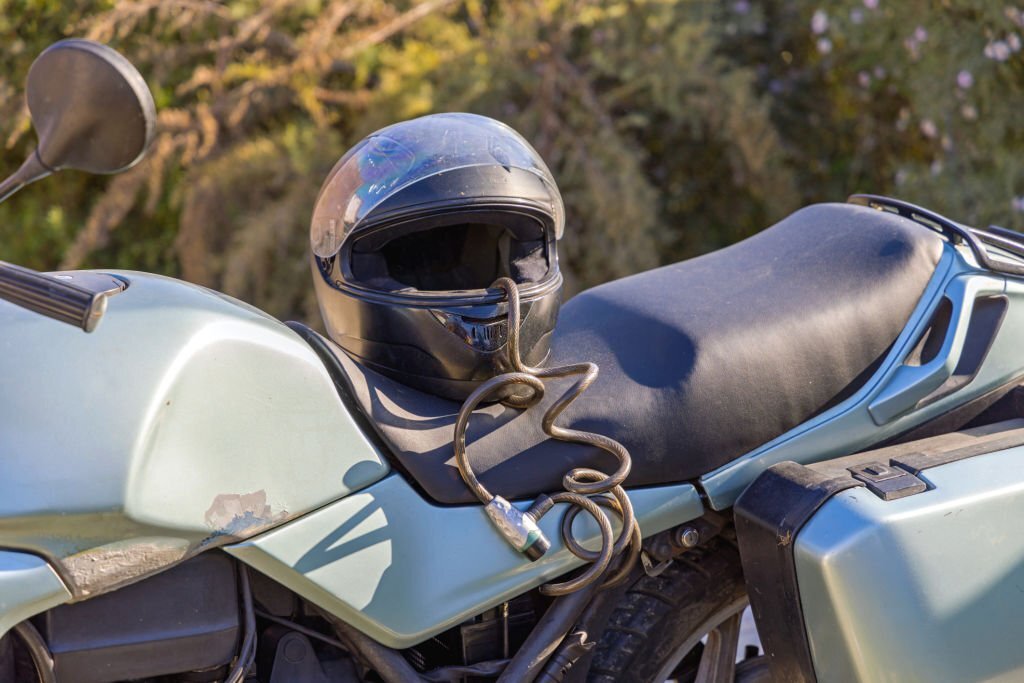Choosing the right adventure helmet is crucial for ensuring maximum safety and comfort during your rides. This article dives into the essential features that make adventure helmets the best choice for riders, including their construction, protective elements, and unique designs tailored for various riding conditions. We'll answer key questions about what to look for in a safety helmet and the specific features that distinguish adventure helmets from other types.
Summary
Adventure helmets are designed with a variety of safety features to protect riders in diverse conditions. Key aspects to consider include the helmet's construction materials, ventilation systems, visor design, and additional protective elements. This guide provides insights into the critical features of adventure helmets, helping you choose the best helmet for your needs.
What Are the Safety Features of a Helmet?
Adventure helmets come with several safety features designed to protect you on the road and off-road. Key features include:
- Impact-Resistant Shell: Made from materials like polycarbonate, fiberglass, or carbon fiber, the shell absorbs and disperses impact forces.
- EPS Liner: The expanded polystyrene (EPS) liner provides additional impact absorption and comfort.
- Chin Strap: A secure chin strap with a quick-release mechanism ensures the helmet stays in place during a crash.
- Visor and Peak: These components protect against debris and sun glare.
Explore our collection of adventure helmets to find models that incorporate these safety features.
What Should I Look for in a Safety Helmet?
When selecting a safety helmet, consider the following factors:
- Certification: Ensure the helmet meets safety standards like DOT, ECE, or Snell.
- Fit and Comfort: The helmet should fit snugly without causing pressure points. Look for adjustable features for a custom fit.
- Ventilation: Good ventilation systems keep you cool and comfortable during long rides.
- Weight: Lightweight helmets reduce fatigue and improve comfort, especially on long journeys.
For lightweight and comfortable options, check out our Bell helmets.
What Makes an Adventure Helmet?
Adventure helmets are specifically designed for versatility, providing protection and comfort in both on-road and off-road conditions. Key characteristics include:
- Modular Design: Many adventure helmets feature modular designs, allowing the chin bar to be raised or removed.
- Peak Visor: Helps shield the eyes from the sun and deflects debris.
- Enhanced Ventilation: Multiple vents to ensure airflow and reduce fogging.
- Dual-Sport Capability: Suitable for both paved roads and rugged trails.
To explore various adventure helmet designs, visit our Arai helmets collection.
What Are the Main Parts of a Safety Helmet?
Understanding the main components of a safety helmet can help you make an informed choice:
- Outer Shell: The first line of defense against impacts.
- EPS Liner: Provides shock absorption and cushioning.
- Comfort Padding: Enhances fit and comfort.
- Chin Strap: Secures the helmet on your head.
- Visor and Peak: Protects against elements and improves visibility.
For helmets that combine these elements effectively, browse our Shoei helmets collection.
What Are the Properties of Safety Helmets?
Safety helmets are designed with specific properties to ensure rider protection:
- Durability: Resistant to impacts and environmental conditions.
- Visibility: Includes features like anti-fog visors and reflective materials.
- Comfort: Lightweight with good ventilation and ergonomic design.
- Adjustability: Customizable fit through adjustable straps and padding.
For helmets that excel in durability and comfort, check out our Nolan helmets.
Continue Reading
In the next sections, we will discuss the rules for safety helmets, differences between adventure and road helmets, and the specific purposes of visors and peaks in adventure helmets. This comprehensive guide aims to equip you with all the knowledge needed to choose the right adventure helmet for your needs.
FAQ
What Are the Best Adventure Helmets for Long Rides?
The best adventure helmets for long rides offer a balance of comfort, ventilation, and protection. Explore our Bell helmets collection for top-rated options.
Are Lightweight Adventure Helmets as Protective as Regular Helmets?
Yes, lightweight adventure helmets, such as those from Arai, provide the same level of protection while being easier to wear for extended periods.
How Often Should I Replace My Adventure Helmet?
It's recommended to replace your helmet every 5 years or after any significant impact.
What Is the Difference Between Dual Sport and Off-Road Adventure Helmets?
Dual sport helmets are designed for both on-road and off-road use, while off-road helmets are specifically for off-road riding. Dual sport helmets typically offer better ventilation and versatility.
Can I Use a Regular Helmet for Adventure Riding?
While you can use a regular helmet, adventure helmets are specifically designed for the unique demands of adventure riding, including better ventilation and durability.
How Can I Enhance the Ventilation of My Current Helmet?
You can enhance ventilation by ensuring all vents are open and unobstructed, wearing moisture-wicking gear, and considering aftermarket ventilation systems.
What Are the Benefits of Flip Face Helmets for Adventure Riding?
Flip face helmets offer the versatility of a full-face helmet with the convenience of an open face, making them ideal for various riding conditions.
Are There Any Helmets Specifically for Hot Climates?
Yes, some helmets are designed with enhanced ventilation for hot climates. Check out our Bell helmets collection for models suitable for warmer weather.
What Features Should I Look for in a Protective Helmet for Adventure Riding?
Look for features such as advanced ventilation, lightweight construction, durable materials, and compatibility with communication systems.
How Do I Clean and Maintain My Adventure Helmet?
Clean your helmet regularly with mild soap and water, avoid harsh chemicals, and store it in a cool, dry place. Regularly check and clean the vents and interior lining.
By following these guidelines and choosing the right gear, you can ensure a comfortable and safe adventure riding experience. For more information and to explore our range of helmets and accessories, visit Moto1.







